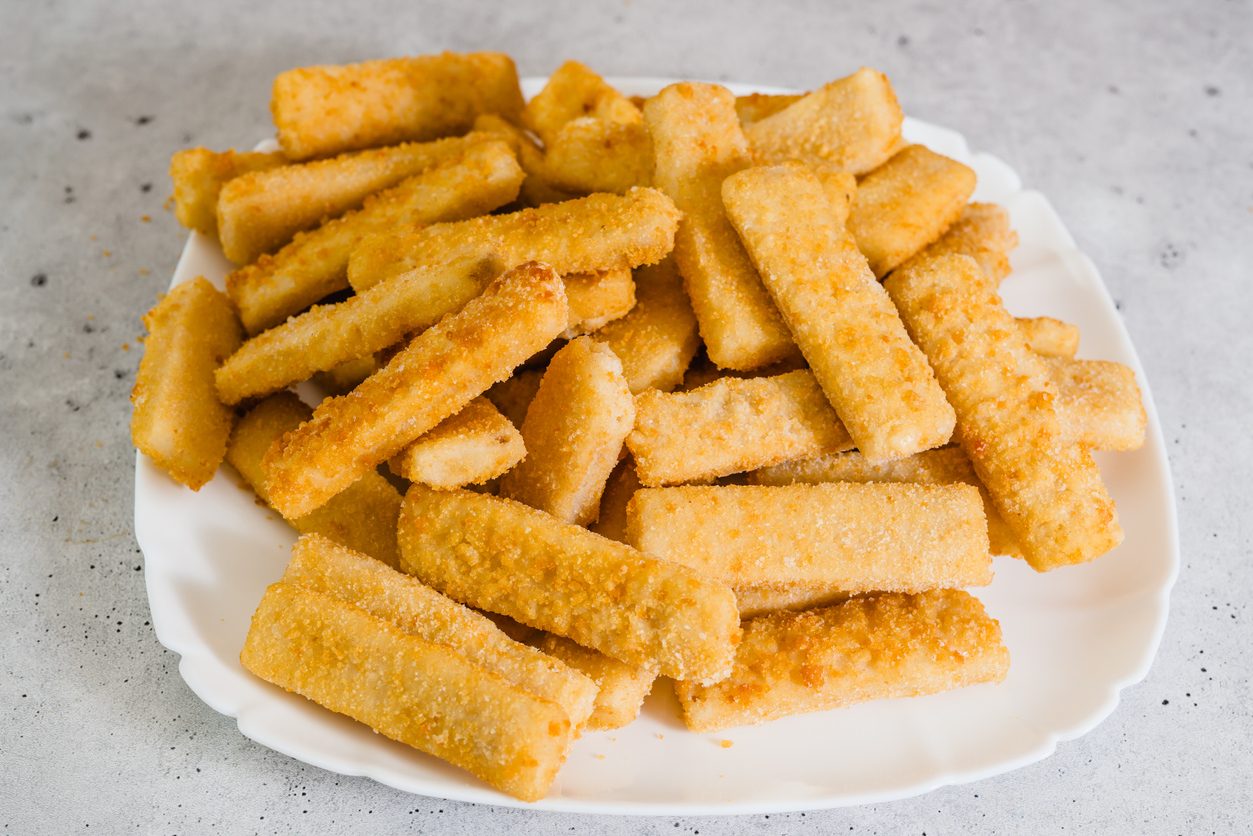Here’s Why You Should Never Throw Away Pan Drippings From Cooking Meat
Pan drippings from cooked meat are often discarded, but they’re actually a hidden treasure of flavor. Packed with rich juices, fat, and umami, these drippings can elevate sauces, sides, and leftovers, saving you money and boosting your dishes. Don’t toss them—use them to enhance your cooking and add depth to your meals.

If you’ve ever seared a steak, roasted a chicken, or cooked any kind of meat, you’ve likely noticed the delicious, flavorful liquid that collects in the pan afterward. But many cooks, especially those who are new to the kitchen, may be tempted to throw it away, thinking it's just fat and scraps. Well, hold your horses—those pan drippings are far more valuable than they might appear. Here's why you should think twice before you toss that liquid gold.
A Flavor Bomb Waiting to Happen
Let’s start with the obvious: pan drippings are packed with flavor. When you cook meat, especially something like steak or roasted chicken, all those tasty bits that get stuck to the bottom of the pan—the fond—combine with the fat, juices, and seasoning from the meat to create a flavor-packed base. This liquid is a concentrated, meaty essence that can elevate any dish. Instead of letting it go to waste, why not use it to make a rich gravy, sauce, or just drizzle over some vegetables to give them a savory boost? Throwing it away would be like throwing out the key ingredient to a great meal.
The Secret to Incredible Sauces
If you’ve ever tasted a velvety, flavorful sauce accompanying a steak or roast, you’ve experienced the magic of pan drippings in action. The drippings can be transformed into a rich, flavorful sauce with just a few simple steps. Once you’ve cooked your meat, deglaze the pan with a splash of wine, broth, or even water to loosen up those delicious brown bits stuck to the bottom. This is the base of your sauce. Add herbs, garlic, a bit of cream, or butter, and you’ve got yourself a decadent sauce that will elevate any dish. It’s a simple trick that adds complexity to your cooking without requiring fancy ingredients or techniques.

It's Not Just About the Fat
Sure, it’s easy to dismiss pan drippings as simply excess fat, but it’s so much more than that. Aside from the fat, pan drippings contain essential juices from the meat—essentially the umami of the dish. The Maillard reaction, which occurs when proteins and sugars in the meat react to heat, produces these complex flavors that are trapped in the drippings. They contain natural sugars, amino acids, and proteins that give the drippings an incredibly rich flavor profile. So, while it may look like liquid fat at first glance, there's far more going on beneath the surface.
A Budget-Friendly Ingredient
Using pan drippings is one of the easiest ways to boost the flavor of your dishes without spending extra money on fancy ingredients. It's essentially free flavor that you’ve already paid for with your meat purchase. That means instead of running to the store for expensive stock or specialty seasonings, you’ve got an incredibly rich, homemade base right at your fingertips. Why not take advantage of that? In a world where every penny counts, this is a win-win for anyone trying to save a bit while still making flavorful meals.
Saving the Drippings: It’s Easier Than You Think
Now, you might be wondering how to store these precious pan drippings. It’s actually quite simple. Once your pan drippings have cooled slightly, just strain them into a container to remove any solid bits. You can then refrigerate them for a few days or freeze them for longer storage. A small jar or airtight container works just fine for this purpose. That way, the next time you're cooking, you’ve got some flavor-packed liquid waiting in your fridge or freezer to enhance your dish.

An Excellent Addition to Vegetables and Sides
Pan drippings aren’t limited to just meats and sauces. They can also be used to flavor side dishes like vegetables, mashed potatoes, or even rice. Instead of reaching for butter or oil, consider using your pan drippings to sauté your veggies. The result? A savory, rich side dish that complements your main course perfectly. You can even toss some drippings into a pot of beans or use them to cook grains like quinoa or couscous, giving those sides a deeper, meaty flavor.
Pan Drippings for the Win in Leftovers
When you’ve cooked a large roast or steak, you often have leftovers that need to be repurposed. This is where your pan drippings come in handy once again. Whether you’re reheating those leftovers or using them in a new dish like a stew or soup, the drippings add moisture and flavor that store-bought broths or stock just can’t replicate. They’ll give your leftovers an entirely new life and taste as good (if not better) than the original meal.
A Little Goes a Long Way
One of the great things about pan drippings is that a small amount can go a long way. You don’t need to drown your dish in fat or liquid to achieve a flavor boost. A few spoonfuls of drippings added to a sauce or vegetables can completely transform the taste without overwhelming the dish. This makes it a versatile tool for cooking, whether you’re making a quick weeknight meal or a more elaborate dinner.
;Resize,width=767;)

;Resize,width=712;)

